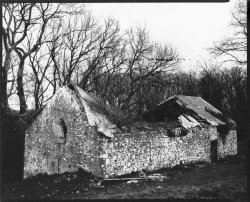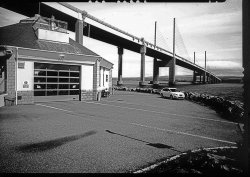As Ian says, a weak solution of paper developer works well - about half strength of normal. Rodinal 1:50 (or even 1:100) also works well. Although the strength of developer in my experience doesn't really matter too much, you'll end up with similar looking negatives. It's just that a weaker solution takes longer and gives you more control over when to pull the paper from the tray.
One of the things about paper negatives is that they are inherently very contrasty. There are various ways to try to tame the contrast, including:
Pre-flashing
Filtration - using a yellow filter over the lens to reduce contrast.
David Kachel's SLIMT technique - pre-soaking the paper in a weak solution of potassium ferricyanide prior to putting it in developer
http://davidkachel.com/wpNewDK/wp-content/uploads/2019/05/SLIMTs_Practical_Application.pdf
I've also found that using old, past its best, paper works quite well. And some people prefer graded paper rather than multigrade. I've just bought some Ilfospeed Grade 2 so I'll be trying this myself soon.
My experience is with using paper negatives for contact printing (either for silver gelatin prints or salt prints) rather than scanning though. And I'm still in the early stages so very much still experimenting.
There's a series of articles on Emulsive on this subject:
https://emulsive.org/articles/working-with-paper-negatives-part-one-a-story-of-thrift-and-magic
Here's a recent one taken on expired Ilford RC Gloss and contact printed on RC Pearl.
View attachment 2388



